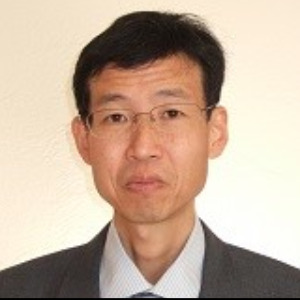Nanoelectronics and Nanophotonics
Nanoelectronics and nanophotonics are two exciting fields within nanotechnology that promise to revolutionize various industries. Nanoelectronics focuses on the design and application of electronic devices at the nanoscale, allowing for faster, smaller, and more efficient components in devices like computers, sensors, and energy systems. This advancement paves the way for innovations such as quantum computing and ultra-efficient transistors. Nanophotonics, on the other hand, deals with the manipulation of light at the nanoscale, opening doors to enhanced communication technologies, medical imaging, and solar energy harvesting. Together, these fields are shaping the future of technology, pushing the boundaries of what is possible in computing, communication, and energy solutions.

Harry Ruda
University of Toronto, Canada
Raman Singh
Monash University, Australia
Paulo Cesar De Morais
Catholic University of Brasilia, Brazil
Xiao Hong Nancy Xu
Old Dominion University, United States
S V A R Sastry
Harcourt Butler Technical University, India
Vinayak Adimule
Angadi Institute of Technology and Management, India



Title : 40,000 implants in humans and no failure: The impact of nanomedicine
Thomas J Webster, Hebei University of Technology, China
Title : Cellulose-derived biochar modified with iron oxide and ZnO nanoparticles by a novel one-step pyrolytic method for removal of emerging contaminants from water
Rashad Al Gaashani, Hamad Bin Khalifa University, Qatar
Title : Harnessing the unique properties of engineered nanostructures for sensing
Harry Ruda, University of Toronto, Canada
Title : Circumventing challenges in developing CVD graphene on steels for extraordinary and durable corrosion resistance
Raman Singh, Monash University, Australia
Title : Nano DAP augments productivity, phosphorus use efficiency, and profitability of spring wheat in India
Binaya Kumar Parida, Coromandel International Ltd, India
Title : Lipid nanoparticles formulations: From bench scale to industrial scale
Mohammad A Obeid, RAK Medical and Health Sciences University, United Arab Emirates